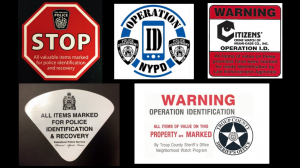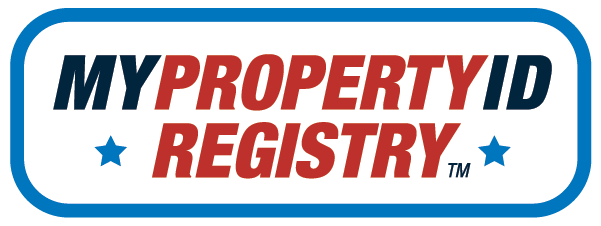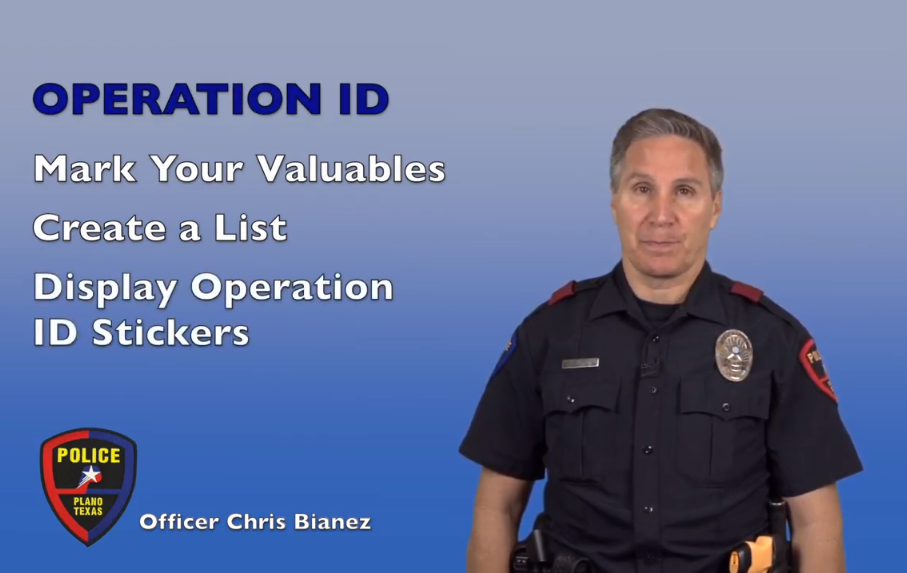Fidelity means faithfulness to original intent. In other words, what is the ideal way to implement Operation ID so it hews as closely as possible to its original, highly researched, design? What are the standards to which Operation ID should be held to? What criteria must be present in order to be called Operation ID? This video describes the 3-step strategy. https://youtu.be/yxnBJWbQMkw
The three steps of Operation ID
- Mark your valuables
- Create a list
- Display Operation ID stickers
Mark Valuables with what?
Property should be marked with a “unique identification number (UIN).” When Operation ID was first developed in the 1960s, the UIN was your Social Security number. You would etch it in the back of valuables like TVs and lawn mowers. In the 1970s, the UIN was your driver’s license number and 2-letter state abbreviation.
https://mypropertyidregistry.com/2019/10/20/a-license-plate-for-your-other-stuff
Make a list
In the 1960s, making a list meant writing down serial numbers on a sheet of paper and keeping a record in your files. In later years, computerized spreadsheets were used. Today we live in a global economy where a list of belongings can be stored in the cloud.
Post Operation ID Stickers
Many volunteer groups and police departments have Operation ID stickers you post on doors and windows after you have etched your property and recorded serial numbers. They take many shapes and forms, but sadly some communities have nothing at all.

A turnkey solution
From its inception, Operation ID, when implemented fully, is a very powerful crime-prevention tool for citizens and a great crime-fighting tool for police. The problem is that it has been watered down over the years. MyPropertyID doesn’t just meet the requirements of the original Operation ID, it advances the state of the art.



